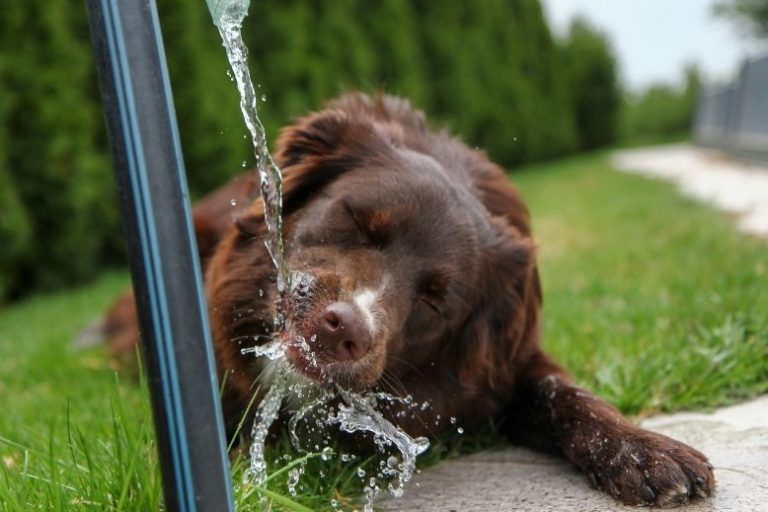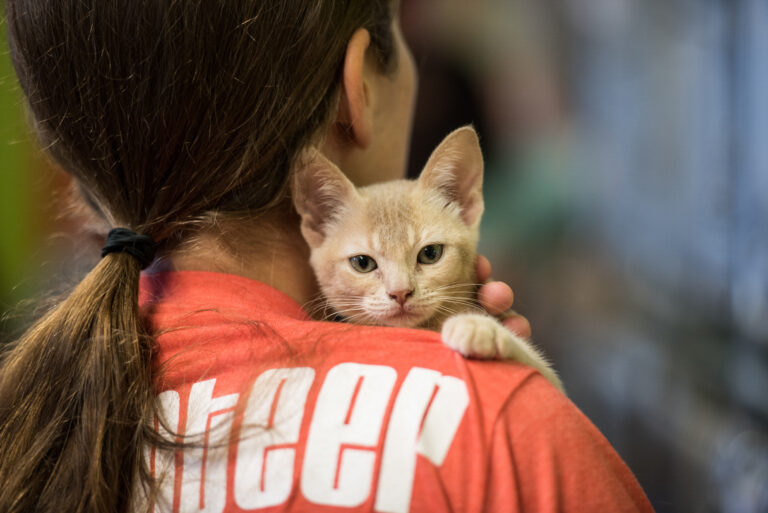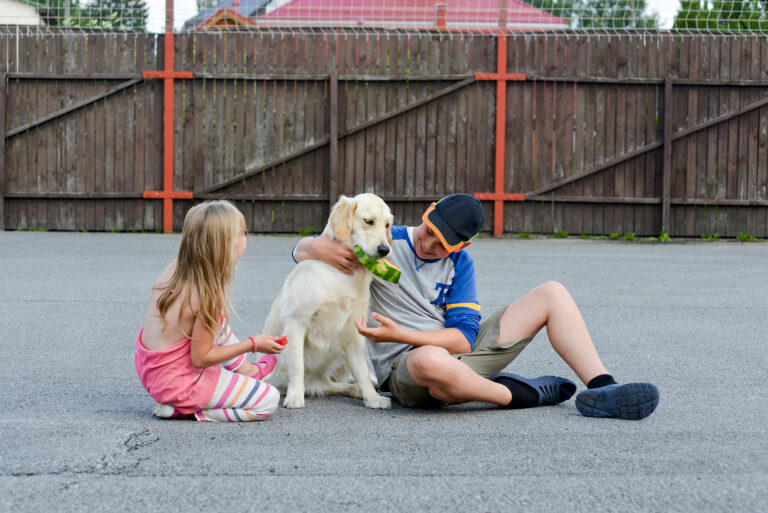As temperatures rise and spring transitions into summer, keeping your dog properly hydrated becomes more important than ever. Hydration plays a crucial role in a dog’s overall health, supporting everything from digestion and circulation to temperature regulation and joint lubrication. Yet, many pet owners overlook how much water their dogs actually need, especially during warmer months.
Dehydration can lead to serious health issues, including heatstroke, kidney problems, and electrolyte imbalances. Recognizing the signs of dehydration and encouraging healthy drinking habits ensures your dog stays comfortable, energetic, and safe as the weather heats up.
Table of Contents
Why Hydration Matters for Dogs
Water is essential for dogs just as it is for humans. In fact, a dog’s body is made up of nearly 60-70% water, and proper hydration keeps bodily systems functioning smoothly. Hydration affects:
- Body temperature regulation: Dogs don’t sweat like humans. They rely on panting and water intake to keep cool.
- Nutrient absorption and digestion: Water helps break down food and transports nutrients throughout the body.
- Joint and organ function: Proper hydration keeps joints lubricated and organs like the kidneys functioning optimally.
- Energy levels: Even mild dehydration can cause fatigue and sluggishness.
As outdoor temperatures increase, so does the risk of excessive fluid loss through panting and activity, making it crucial to monitor your dog’s water intake.
Signs Your Dog May Be Dehydrated
Because dogs can’t verbally tell us when they’re thirsty, it’s important to watch for physical signs of dehydration, including:
- Dry or sticky gums
- Excessive panting
- Lethargy or weakness
- Sunken eyes
- Loss of skin elasticity (when you gently pull up the skin, it should snap back quickly)
- Decreased appetite
- Dark yellow or concentrated urine
If these symptoms appear, encourage water intake immediately. In severe cases, dehydration can lead to serious health complications requiring veterinary care.
How Much Water Does Your Dog Need?
On average, dogs need about one ounce of water per pound of body weight per day. So, a 50-pound dog should drink approximately 50 ounces of water daily. However, water needs can vary based on:
- Activity level: More active dogs lose fluids faster and need more water.
- Temperature and humidity: Warm, humid environments increase the need for hydration.
- Diet: Dogs eating dry kibble typically need more water than those on wet or raw diets.
- Health status: Illness, pregnancy, or certain medications may increase water needs.
Monitoring your dog’s water bowl and adjusting their intake based on the season and activity level is key.
Hydration Tips for Warmer Weather
Helping your dog stay hydrated doesn’t have to be complicated. Here are practical tips to ensure they’re drinking enough as the temperatures rise:
1. Always Provide Fresh, Clean Water
Make sure your dog has access to clean, fresh water at all times. Replace the water regularly, especially if it becomes warm, dirty, or stale. In warm weather, check the bowl multiple times a day to ensure it’s full.
2. Use Multiple Water Bowls
Place water bowls in several spots around the house and yard to encourage more frequent drinking. Some dogs prefer easily accessible options close to their favorite resting spots.
3. Try a Pet Water Fountain
Many dogs are drawn to running water. Investing in a pet water fountain can encourage them to drink more by keeping water cool, fresh, and appealing.
4. Add Water to Their Food
Mixing water with your dog’s dry kibble or offering wet food occasionally can help boost their moisture intake. Another option is to serve broth (unsalted and onion-free) over their meals to entice drinking.
5. Offer Ice Cubes as Treats
Ice cubes are a fun, hydrating treat on warm days. Some dogs enjoy licking or chewing ice, which not only helps with hydration but also provides a cooling effect. For variety, try freezing dog-safe ingredients like bone broth or plain yogurt into cubes.
6. Carry Water During Walks and Outings
Always bring a portable water bottle and a collapsible bowl during walks, hikes, or outdoor play sessions. Offering small amounts of water every 15-20 minutes helps prevent dehydration during physical activity.
7. Provide Shady, Cool Resting Spots
Overheating can lead to increased water loss. Ensure your dog has access to shaded areas or air-conditioned spaces to minimize fluid loss through excessive panting.
When to Consult a Veterinarian
If your dog consistently refuses to drink water, shows signs of severe dehydration, or has underlying health issues affecting hydration, consult your veterinarian. Dehydration may be a sign of an underlying illness, including kidney disease, diabetes, or gastrointestinal issues.
In Conclusion

As the weather warms up, keeping your dog hydrated becomes a top priority. Providing fresh water, encouraging regular drinking, and making small adjustments to diet and environment ensures your dog remains healthy and comfortable all season long. Recognizing the signs of dehydration early and taking preventative steps will help your furry friend stay active, happy, and safe as temperatures rise.







